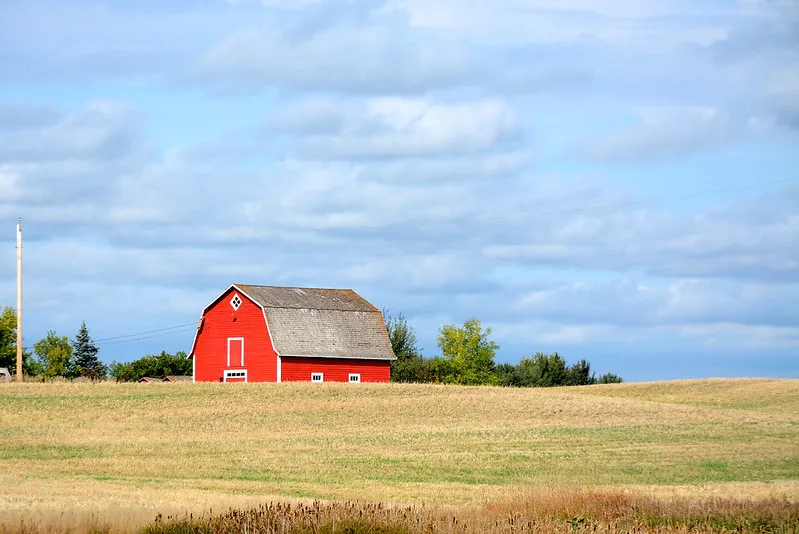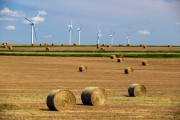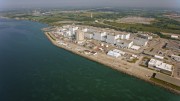Over the last year, with the support of the Alberta Real Estate Foundation, the Pembina Institute has been working on new resources for Albertans looking to better understand their rights, company responsibilities, and the potential benefits and risks of hosting energy projects on their land.
Oil and gas
In 2001, Pembina Institute first published the book When the Oilpatch Comes to Your Backyard, a copy of which is still housed at the Calgary Central Library. This book formed the basis for our seminal publication, the Landowners’ Guide to Oil and Gas Development — a comprehensive resource designed to help Albertans understand their rights, responsibilities, and options when oil and gas firms are operating on their land. It remains one of the most-downloaded publications from the Pembina website.
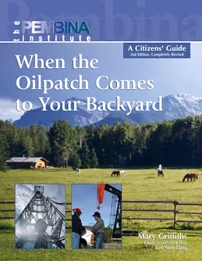
This fourth edition of the guide, released in October 2025, reflects nearly a decade of change in Alberta’s regulatory landscape. Since 2016, when the last edition was published, the Alberta Energy Regulator (AER) has reduced red tape and introduced automated approvals through platforms like OneStop. Organizations and government departments have changed—been disbanded, consolidated, or created. While many of these changes have made things easier for industry, they’ve also shifted more responsibility onto current and prospective property owners — who need to be more proactive, more informed, and more strategic than ever.
Over the past year, we’ve spoken with people across the province — from seasoned farmers to folks inheriting or buying land for the first time — and one message came through clearly: managing relationships with oil and gas companies is increasingly complicated.
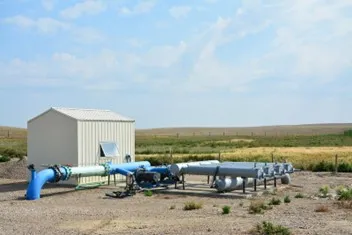
It’s not just about signing a lease. It’s about understanding what’s being proposed, asking the right questions, negotiating fair compensation, and keeping track of every conversation, commitment, and cost. It’s about knowing when to seek legal advice and when to call the regulator. And it’s about protecting land — not just today, but for future generations.
In 2025, landowners are operating in a regulatory environment that increasingly favours efficiency for oil and gas firms. Many are dealing with unpaid lease payments, inactive wells on their land for decades—potentially leaking harmful methane emissions—and delinquent oil and gas operators that are allowed to keep operating. Landowners are having to chase the government for compensation when companies default more than ever. The Alberta government paid more than $30 million on behalf of delinquent oil and gas companies in 2024, and those payments have increased every year since 2014. Meanwhile, the province’s proposed Mature Asset Strategy does little to alleviate these ongoing problems of the cost and burden of clean-up falling on landowners and Albertans – indeed, it may make the problem worse. The companion publication to our guide, Oil and gas liabilities explained, provides easy-to-digest detail on rights and responsibilities around old oil and gas infrastructure.
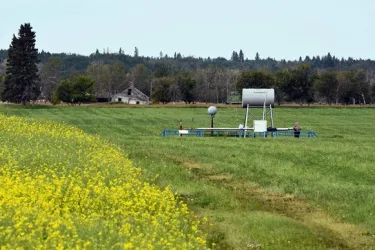
The Landowner’s Guide to Oil and Gas Development can help landowners navigate these increasingly complex relationships. It includes checklists, sample questions, and practical advice on everything from seismic exploration to emergency response. It explains how to file a statement of concern, what to expect from a public hearing, and how to document costs for compensation claims.
Renewable energy
Landowners and communities frequently have the same set of questions when considering a potential renewable energy project. Our new publication, Guide to Renewable Energy and Battery Storage Projects: How Alberta landowners can reap the benefits of hosting clean energy, takes care of a lot of the research and homework they would otherwise face.
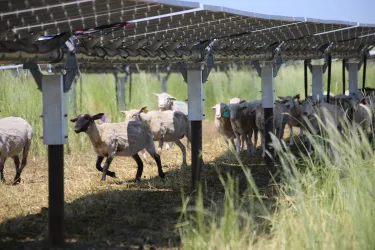
The guide starts by grounding readers with an explanation of what renewable energy is and how the industry has evolved in Alberta in recent years. It outlines the benefits of wind and solar projects, and the potential impacts.
It then outlines the steps involved in developing a renewable energy project, including:
- how a suitable site is located,
- how landowners and communities are engaged,
- how project approval is obtained,
- reaching an agreement with the landowner
- constructing the project
- operating the project, and
- reclaiming the site when the lease ends.
There’s also a section for communities and how they can get involved in renewable energy development. Last year, Alberta municipalities collected $54 million in municipal tax revenues from renewables developers, so there’s good reason to welcome projects to their jurisdictions. But of course, municipalities want to ensure projects take their concerns into account, too, when they’re sited and built.
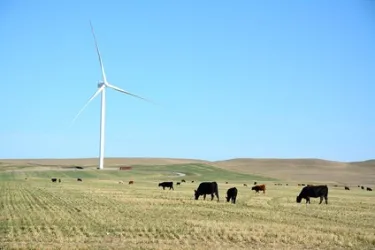
The guide covers potential avenues for communities to optimize involvement, including:
- community energy projects,
- establishing competitive zones for renewable energy,
- Indigenous partnerships, and
- innovative agricultural and urban solutions.
Another helpful feature of the guide is the lists of questions found in the appendices. These lists offer solid starting points for conversations with developers, including:
- Opening questions to ask developers about the project (location of project, impacts, proposed lease and payment terms, neighbour consultations, past experience, etc.)
- Questions on long lease agreements (project duration, compensation and reclamation)
Altogether, the guide, also funded by the Alberta Real Estate Foundation, provides a solid basis for a successful partnership between landowners, communities and wind and solar project developers.


